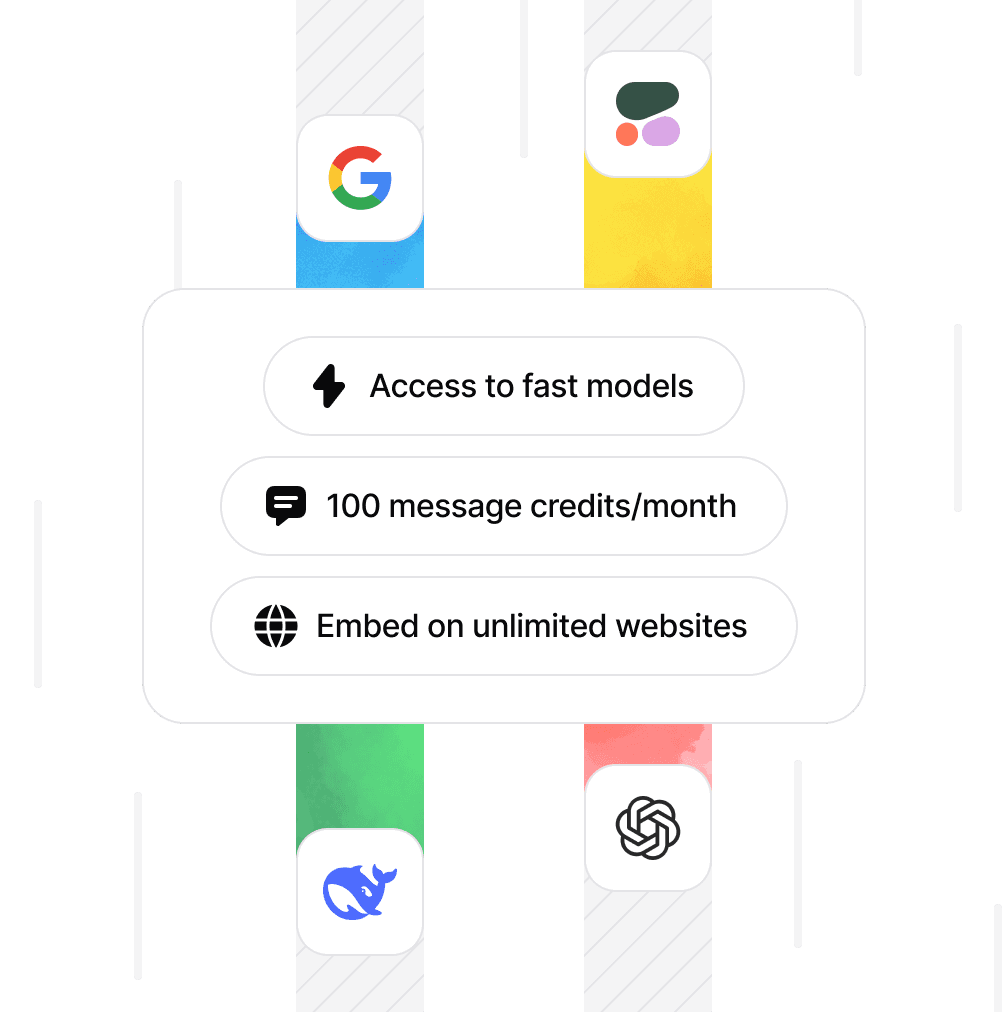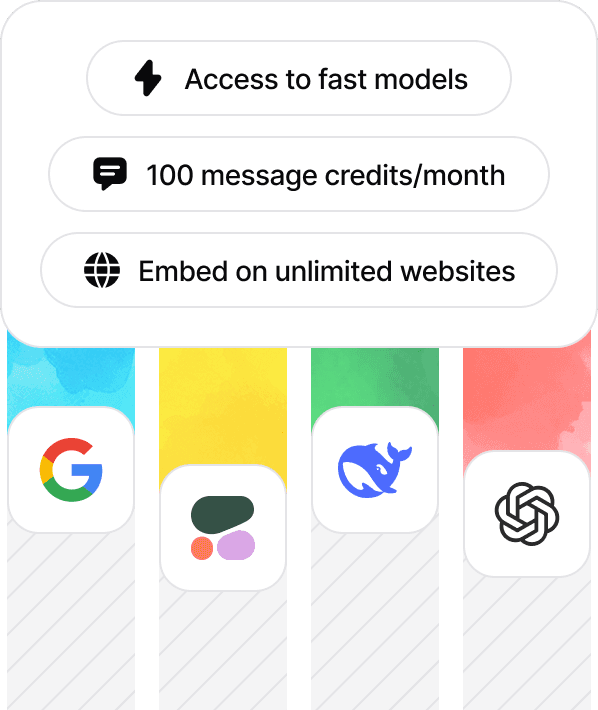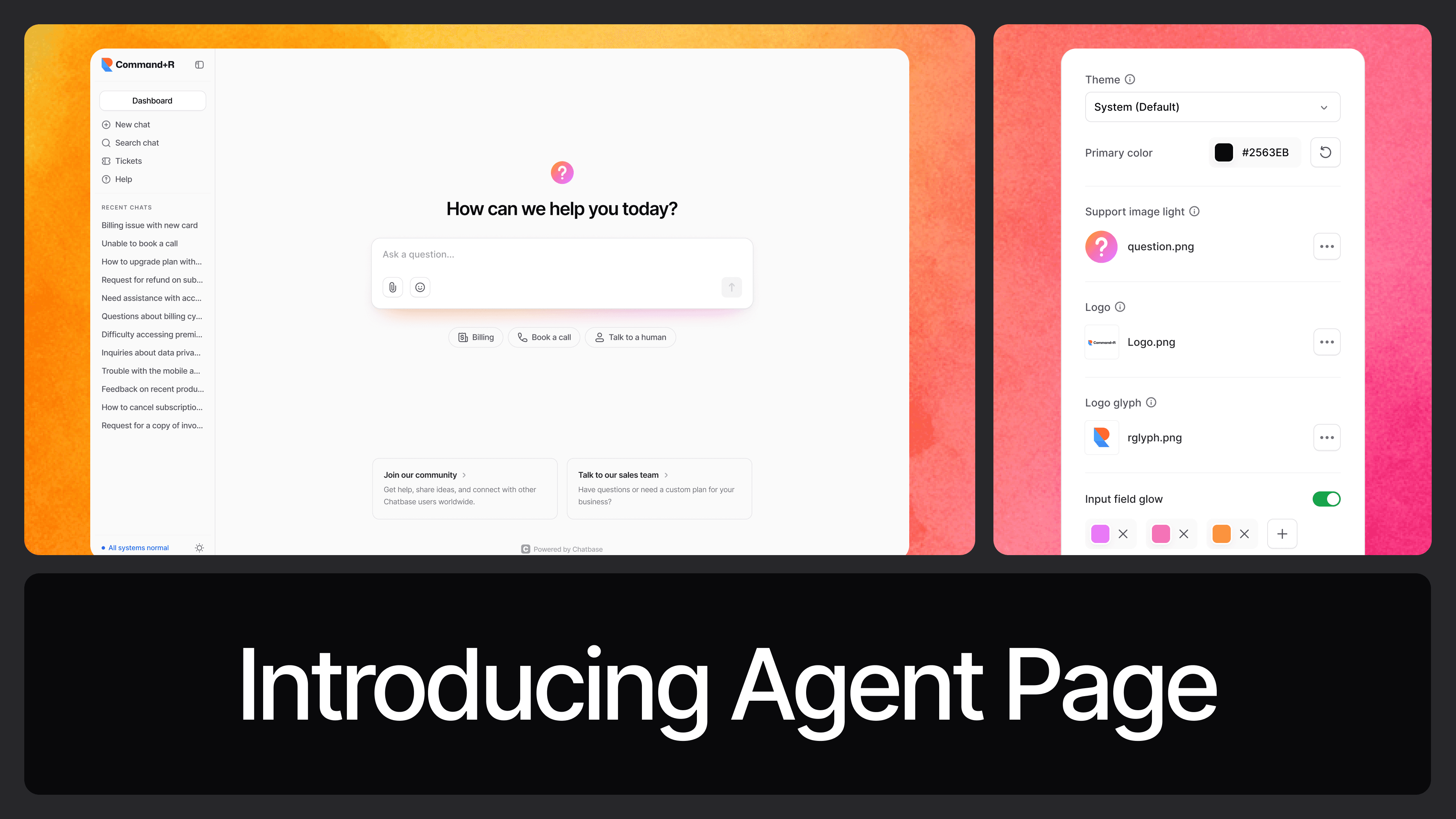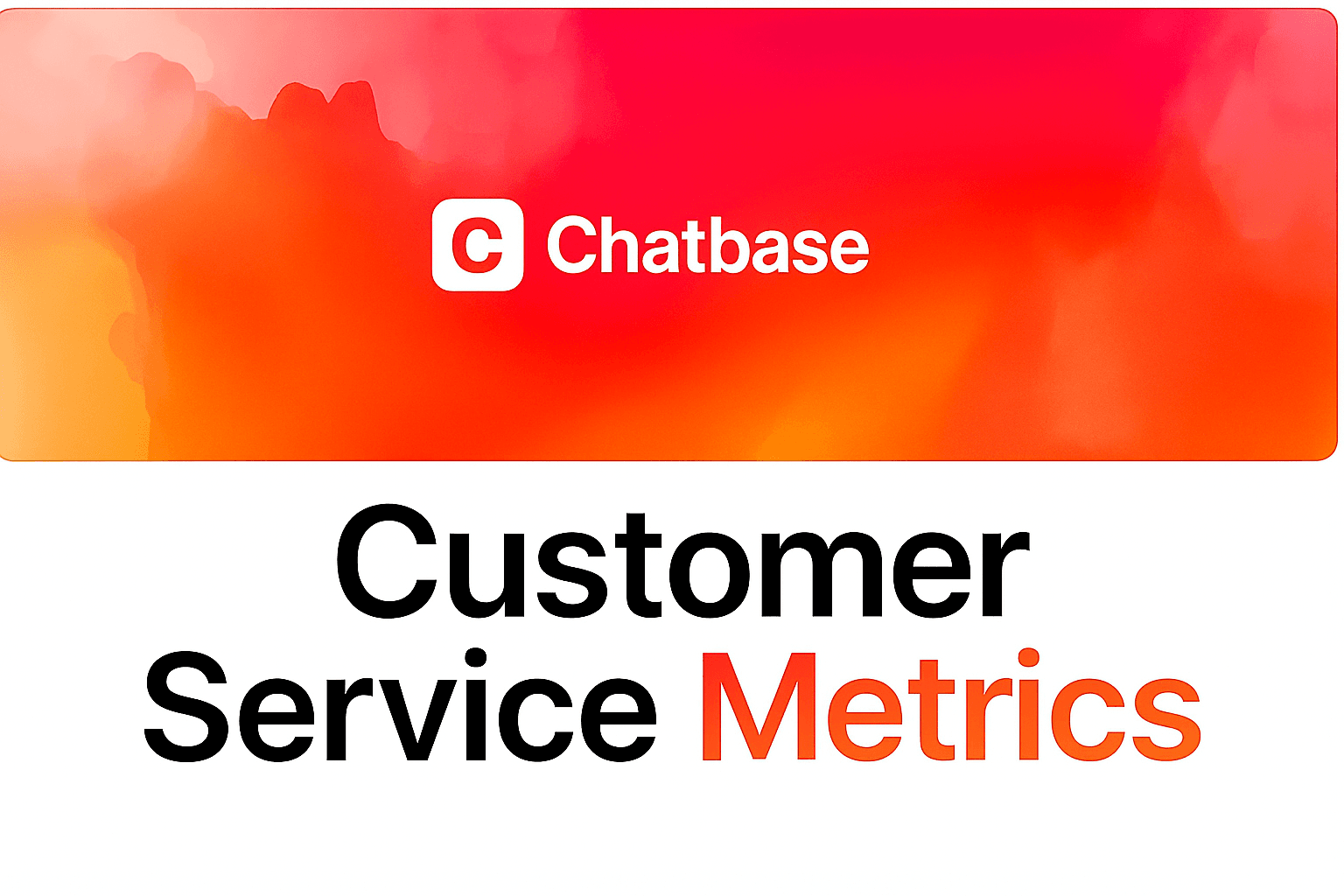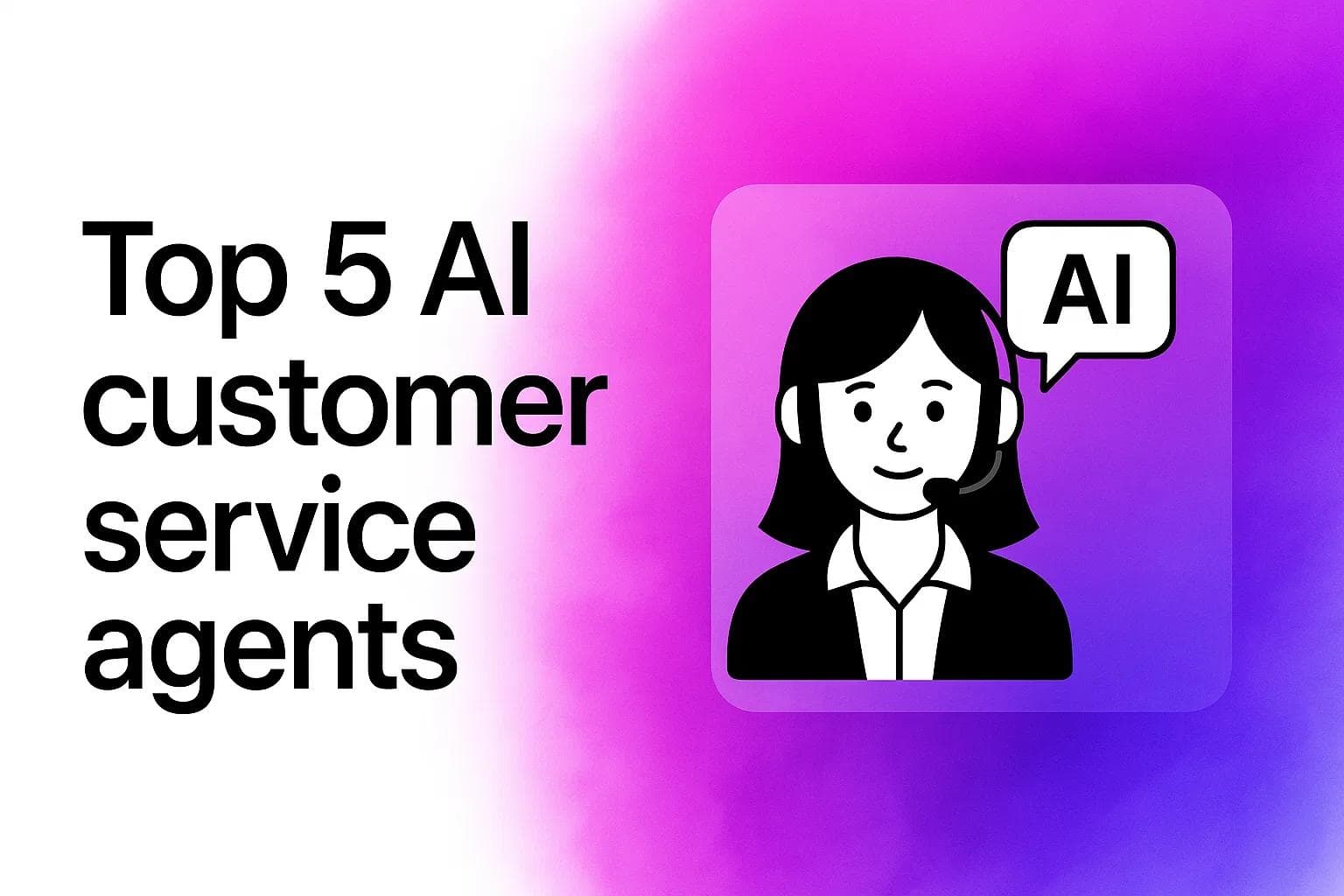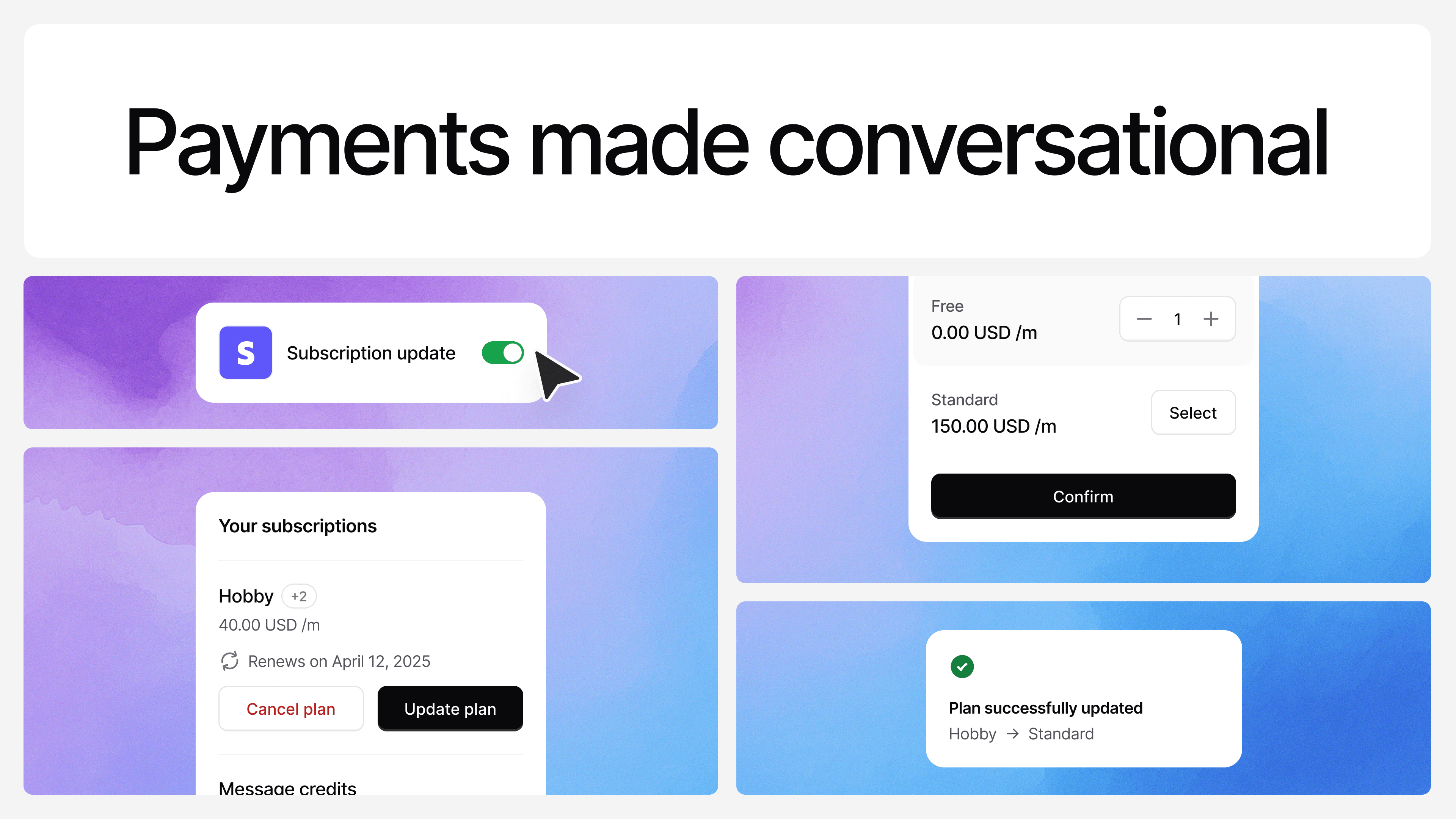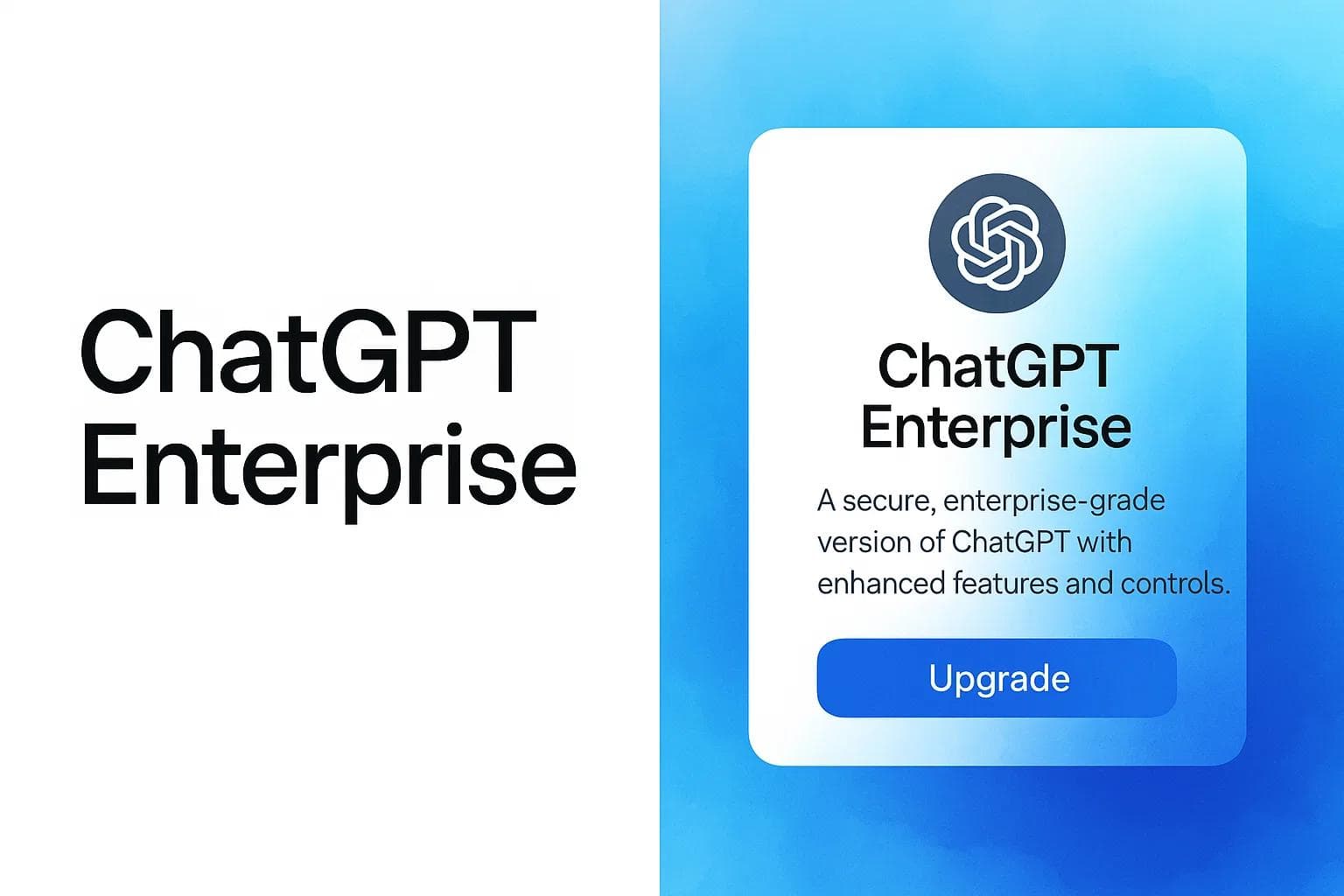How to access and use GPT-5 [2025]
Ilias Ism
Aug 29, 2025
15 min read
![How to access and use GPT-5 [2025]](/_next/image?url=https%3A%2F%2Fcdn.sanity.io%2Fimages%2Fi6kpkyc7%2Fprod-dataset%2Fb37c5291bb4f8846e841e87d6254d0cde2dc6c88-1536x1024.png&w=3840&q=75)
Summary by Chatbase AI
- GPT-5 launched August 7, 2025 with enhanced reasoning and multimodal features - Free access available but limited; Plus ($20/month) offers better limits - Pro ($200/month) includes unlimited access and advanced GPT-5 variants - New features: real-time voice, 400K context window, improved coding abilities - Best for content creation, coding, research, and complex problem-solving
GPT-5 is here, and it's 144% better at coding than GPT-4o.
But here's the thing: most people don't know how to access it properly or use it effectively.
This guide shows you exactly how to get GPT-5 (including free options), which subscription tier makes sense for your needs, and the proven strategies that actually work.
What you'll learn:
- Free vs. paid access options (and which to choose)
- Advanced features that save hours of work
- Real-world prompting techniques that get better results
- Cost optimization strategies for heavy users
Let's get started.
What is GPT-5?
GPT-5 is OpenAI's most advanced AI model that combines enhanced reasoning, multimodal capabilities, and smarter automation into a unified system.
Released on August 7, 2025, it features three distinct modes for different use cases.
![[object Object]](/_next/image?url=https%3A%2F%2Fcdn.sanity.io%2Fimages%2Fi6kpkyc7%2Fprod-dataset%2F3c04a984f7b677d3ad634a4e37c56d143ad53063-1820x1642.jpg&w=3840&q=75)
GPT-5 operates in three modes:
- Auto mode - delivers fast responses for everyday tasks
- Thinking mode - provides deeper analysis for complex problems
- Pro mode - offers extended reasoning for professional-level work
Key performance improvements over GPT-4o:
![[object Object]](/_next/image?url=https%3A%2F%2Fcdn.sanity.io%2Fimages%2Fi6kpkyc7%2Fprod-dataset%2F031e145c5d6a0f20aeda5861ac1cd537607b26cd-2444x1084.jpg&w=3840&q=75)
- 144% better coding performance - solves real GitHub issues with 22% fewer tokens
- 33% improvement in mathematics - achieves 94.6% accuracy on expert-level problems
- 32% better scientific reasoning - handles PhD-level analysis with step-by-step thinking
- Superior efficiency - 73ms latency with 55-90% cost savings compared to previous models
How to Access GPT-5
GPT-5 is available through multiple platforms with different access levels. Here's your complete breakdown:
Free Access
You can use GPT-5 for free via ChatGPT on the OpenAI website (chatgpt.com) or mobile apps (Android & iOS).
What you get:
- Basic GPT-5 access
- Limited daily messages
- Standard response times
How to start:
- Sign up for a free OpenAI account
- Log in to ChatGPT
- Select GPT-5 from the model dropdown
The catch? Free users hit usage limits quickly, especially during peak hours. OpenAI is not so transparent with usage limits, and they change often.
ChatGPT Plus ($20/month)
Plus subscribers get significantly better access without breaking the bank.
What you get:
- Higher usage limits
- Priority access during peak times
- Faster response times
- Agent mode
- More frequent GPT-5 access
Worth it if: You use ChatGPT regularly but don't need unlimited access.
ChatGPT Pro ($200/month)
The premium tier for power users and professionals.
What you get:
- Unlimited GPT-5 access
- GPT-5-Pro (advanced reasoning for complex tasks)
- GPT-5-Thinking (slower but more accurate mode)
- Real-time voice interaction
- 400K token context window
Worth it if: You're a heavy user, developer, or use AI for professional work daily.
There is also ChatGPT Team & ChatGPT Enterprise, but not relevant for most users.
Other Ways to Access GPT-5
Microsoft 365 Copilot
If you're already a Microsoft 365 subscriber, GPT-5 is integrated across:
- Word (document generation)
- Excel (data analysis)
- Teams (meeting summaries)
- PowerPoint (presentation creation)
GitHub Copilot
Available for developers through VS Code and GitHub's web interface. Paid plans offer more GPT-5 access than free tiers.
API Access
For developers building applications:
- Sign up at platform.openai.com
- Generate an API key
- Use endpoints like /chat/completions with your chosen GPT-5 model
- Pay per token usage based on the model you select
Chatbase (No-Code GPT-5 Training)
Train GPT-5 on your own data without coding:
- Upload PDFs, website content, or connect Notion
- Build custom AI agents with GPT-5's reasoning capabilities
- Deploy as chatbots, customer support, or lead generation tools
- Free tier available, paid plans start at $19/month
Perfect for businesses wanting GPT-5's power with their specific knowledge base.
GPT-5 API Models Comparison
OpenAI offers three GPT-5 variants through the API, each optimized for different use cases and budgets:
GPT-5
- Best for: Complex reasoning, coding, and professional applications
- Cost: Input $1.25, Output $10.00 (per 1M tokens)
- Purpose: Unified system for advanced reasoning, coding, agentic tasks, and general queries; features a real-time router for model selection, reduced hallucinations, improved instruction following, safe-completions for moderated outputs, 90% caching discount, and reasoning traces; competent and reliable for complex tasks like writing, coding, and health applications
- Context Window: Input 272,000 tokens, Output 128,000 tokens (including reasoning)
- Knowledge Cutoff: September 30, 2024
GPT-5-mini
- Best for: General chatbots, content generation, and moderate complexity tasks
- Cost: Input $0.25, Output $2.00 (per 1M tokens)
- Purpose: Cost-effective variant for general tasks with similar capabilities to GPT-5 but optimized for speed and efficiency; supports reasoning levels (minimal to High), suitable for lighter applications while maintaining low hallucinations and good instruction adherence
- Context Window: Input 272,000 tokens, Output 128,000 tokens (including reasoning)
- Knowledge Cutoff: May 30, 2024
GPT-5-nano
- Best for: High-volume, simple tasks like classification or basic Q&A
- Cost: Input $0.05, Output $0.40 (per 1M tokens)
- Purpose: Ultra-efficient, low-cost model for simple tasks and high-volume usage; offers basic reasoning capabilities with the same safety features and optimizations as larger siblings
- Context Window: Input 272,000 tokens, Output 128,000 tokens (including reasoning)
- Knowledge Cutoff: May 30, 2024
What GPT-5 is good at
Reasoning and Problem-Solving GPT-5 automatically selects the right depth for your query. Thinking mode reduces errors by 22% compared to standard mode, excelling at step-by-step logic and abstract thinking.
Coding and Development Developers prefer GPT-5 over o3 by 70% for frontend work. It handles large codebases, obscure documentation, and autonomous bug fixes. Users report building prototypes in hours that would normally take weeks.
Speed and Efficiency
- Latency: ~73ms to first token
- Output: Up to 132.5 tokens/second
- Cost: Cheaper than GPT-4o with better long-context handling (up to 400K tokens)
Multimodal Capabilities Strong performance on images and videos, with proactive responses that adapt to user context.
Where GPT-5 isn't good at
Real-World Orchestration GPT-5 fails on over 50% of complex, multi-step orchestration tasks (MCP-Universe benchmark), struggling with planning and unfamiliar tools in dynamic environments.
Creativity and Tone Weaker in creative writing, empathy, or persuasive tasks. Some users still prefer GPT-4.5 or Claude 4 for subtlety and humor.
Prompt Sensitivity Requires careful phrasing and can ignore instructions or add unnecessary follow-ups.
Mixed User Experiences Initial reactions were underwhelming for simple tasks. GPT-5 excels only when pushed to its limits with complex problems.
How to Build an AI Agent with GPT-5 (with Chatbase)
Building an AI agent goes beyond simple chatbots. You're creating an autonomous system that can perform tasks, make decisions, and integrate with external tools, like booking appointments, processing orders, or managing customer support.
Chatbase is a no-code platform that makes this simple, with direct GPT-5 integration and built-in agentic capabilities.
What You'll Need
Chatbase Account
- Sign up free at chatbase.co
- Upgrade to paid plan ($19/month) for unlimited messages and advanced features
Data Sources
- FAQs, PDFs, website content, or Notion pages for training
- Common questions and business policies
Optional Integrations
Share this article:
